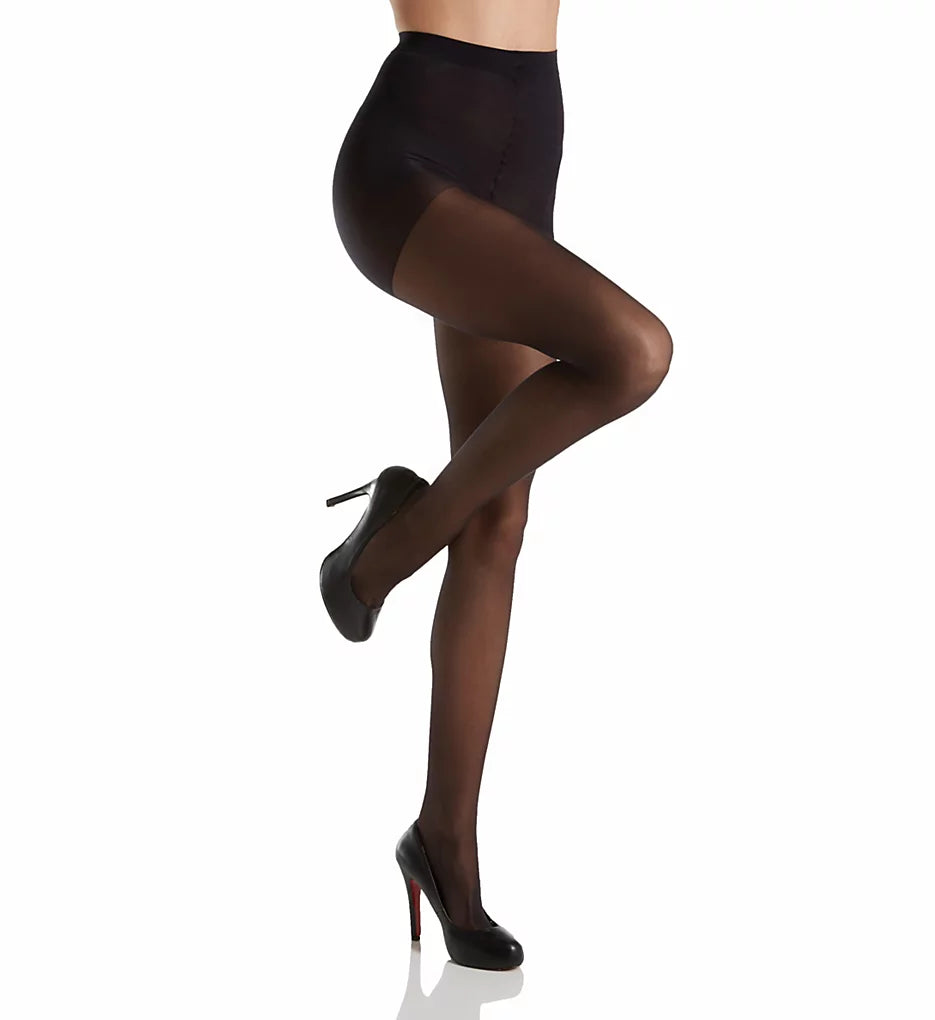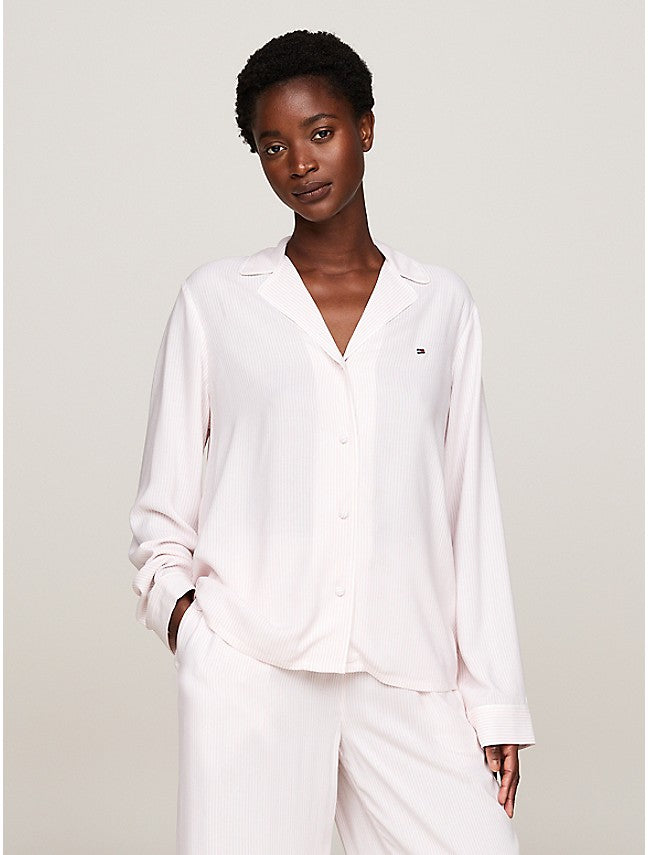Who Invented Underwear? A Deep Dive into Its Origins

Underwear, as a fundamental element of human attire, has a rich history that dates back thousands of years. While it’s difficult to credit a single individual with its invention, the evolution of undergarments reveals fascinating insights into cultural practices, technological advancements, and societal norms. Here’s an expert exploration of how underwear came to be.
The Earliest Forms of Underwear
The concept of underwear can be traced back to ancient civilizations, where rudimentary garments served functional and symbolic purposes.
-
Ancient Egypt (circa 3100 BCE):
Egyptian men often wore loincloths, called shenti, made from linen. These were wrapped around the waist and secured with belts, providing basic coverage and protection. -
Ancient Greece and Rome (circa 1200 BCE – 400 CE):
- Greek women used a fabric band, the strophion, as a primitive bra.
- Roman men and women wore subligacula (loincloths) and subligaria (a feminine version), which were made from leather or linen.
-
Medieval Europe (5th–15th Century CE):
The braies—baggy linen drawers—became popular for men. Women, however, often went without undergarments beneath their long gowns, though some used chemises for modesty and protection.
The Invention of Modern Underwear
The journey toward modern underwear began during the Renaissance (14th–17th Century), evolving further through the Industrial Revolution and into contemporary times.
-
Corsets and Chemises (16th–18th Century):
Women’s undergarments became more structured with the rise of corsets. These garments emphasized an hourglass figure and were often paired with chemises to protect the skin. -
The Advent of Drawers (19th Century):
- In the early 1800s, women began wearing drawers, loose-fitting pants worn beneath dresses for added modesty.
- Men’s underwear also modernized with long johns, introduced during the Victorian era for warmth and comfort.
-
The Birth of the Briefs (20th Century):
- In 1913, the brassiere was patented by Mary Phelps Jacob, marking a pivotal moment in women’s underwear history.
- The jockey brief, introduced in 1935 by Coopers Inc., revolutionized men’s underwear with its snug, supportive design.
Key Innovators in Underwear History
-
Caresse Crosby (Mary Phelps Jacob):
Credited with inventing the first modern bra, Jacob used silk ribbons and handkerchiefs to create a comfortable alternative to corsets. -
John L. Sullivan and Jockey International:
Sullivan, a boxer, popularized the concept of supportive men’s underwear, leading to the development of athletic briefs by Jockey International. -
Rudolf and Adolf Dassler:
Founders of Adidas and Puma, they contributed to the rise of functional sportswear, influencing the design of modern undergarments.
Cultural Significance of Underwear
Underwear’s evolution reflects societal changes:
- Utility to Fashion: Once purely functional, underwear became a fashion statement in the 20th century, with brands like Calvin Klein turning briefs and bras into iconic items.
- Gender Dynamics: Innovations like the bra redefined femininity, while the rise of boxer briefs merged masculinity with style and comfort.
The Future of Underwear
Modern underwear incorporates advancements in fabric technology and sustainability:
- Moisture-wicking materials for active lifestyles.
- Seamless designs for invisibility under clothes.
- Eco-friendly fabrics like bamboo and organic cotton to reduce environmental impact.
While the precise origin of underwear remains obscured by time, its journey from ancient loincloths to today’s innovative designs underscores its significance in human history. Underwear is more than just a garment—it’s a reflection of culture, technology, and the pursuit of comfort.
Which era of underwear history fascinates you the most? Let us know in the comments below!
Check out our homepage Olivia Paisley


